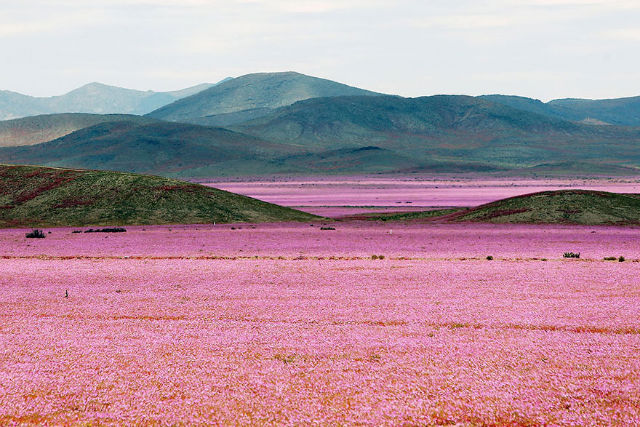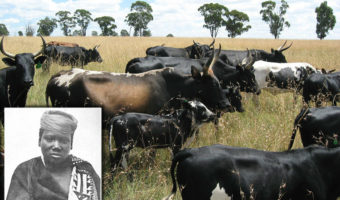Flowers Bloom After 14 Years Worth of Rain for The ‘Driest Place On Earth’
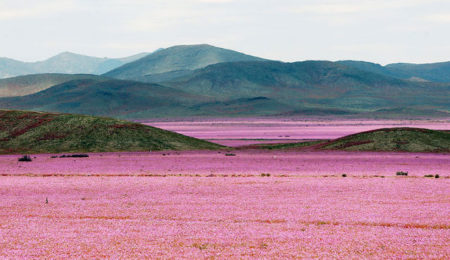
The Driest Place On Earth: A desert in South America that covers 600 miles (1,000-kilometers) also known as the driest non-polar desert in the world has undergone a years worth of extreme rainfall.
Arica, Chile (northern Atacama) currently holds the world’s record for the longest drought after going 173 months without rain in the early 1900s and the city of Antofagasta’s average rainfall is 0.07 inches, but a boost of rainfall can bed expected for the region if strong El Niño years are afoot.
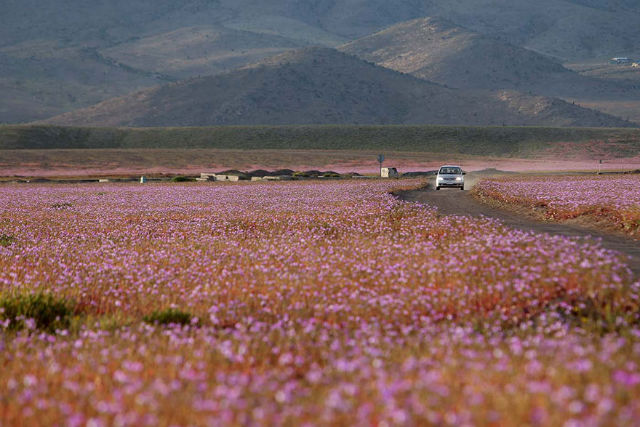
Last March sections of the Atacama Desert got 0.96 inches of rain in a day, which would be much elsewhere, but for the arid climate of the desert it’s more than plenty. In fact, it’s more than 14 years worth of rain in one day. The surplus of rainfall flooded the Copiapo River, killing at least nine people.
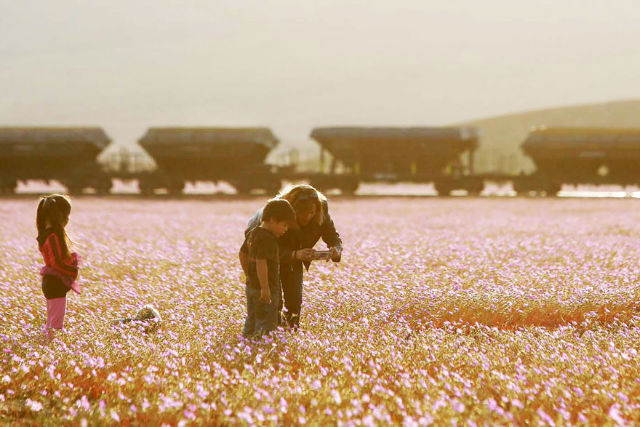
Rainfall will increase in South America if El Niño strengthens. Areas of low pressure and the warm coastal waters will provide an excess amount of vapor that will result in an abundance of rainfall.
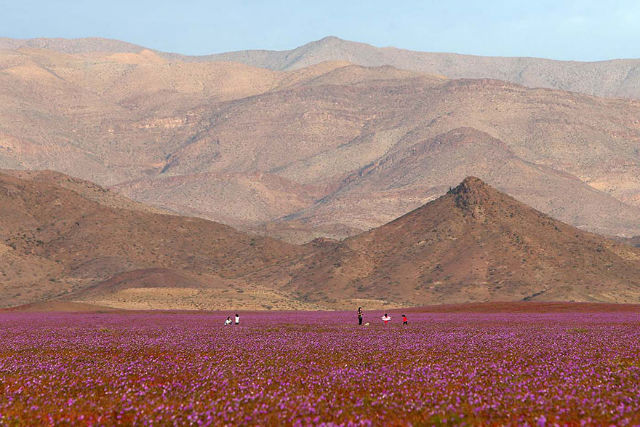
Every 5 to 7 years (coinciding with El Niño) the desert manages to spawn Malva (a.k.a. mallow) flowers on the ground, but the excess amount of rain has led to “the most spectacular blooming of the past 18 years.”
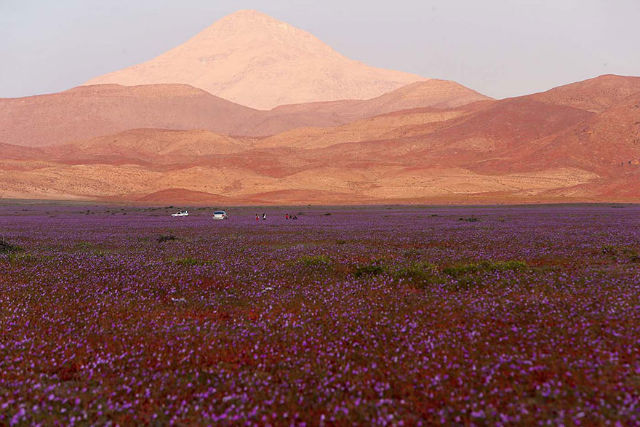
But, Chile is not the only area experiencing  unusual amounts of rainfall. Death Valley National Park in the U.S. has recorded 0.55 inches of rain on Oct. 5th, making it the wettest 24-hour period on record for the Californian park known as being the world’s hottest location.
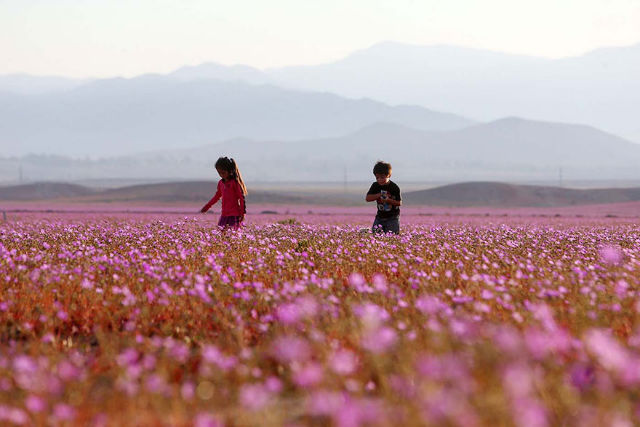
Park officials took to Facebook to notify the public of the damage done by the series of freak storms stating that, “Flash floods destroyed significant portions of multiple roads and heavily damaged several historic structures at Scotty’s Castle and deposited debris in Devils Hole.”
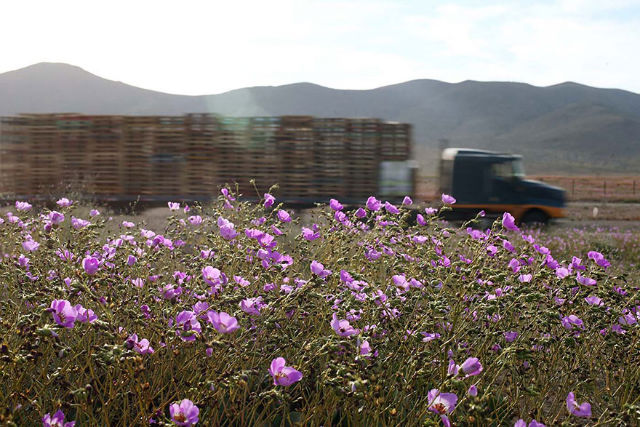
A fund has been set up to assist the Death valley National Association to restore the damaged historic locations.
[source: www.washingtonpost.com]














